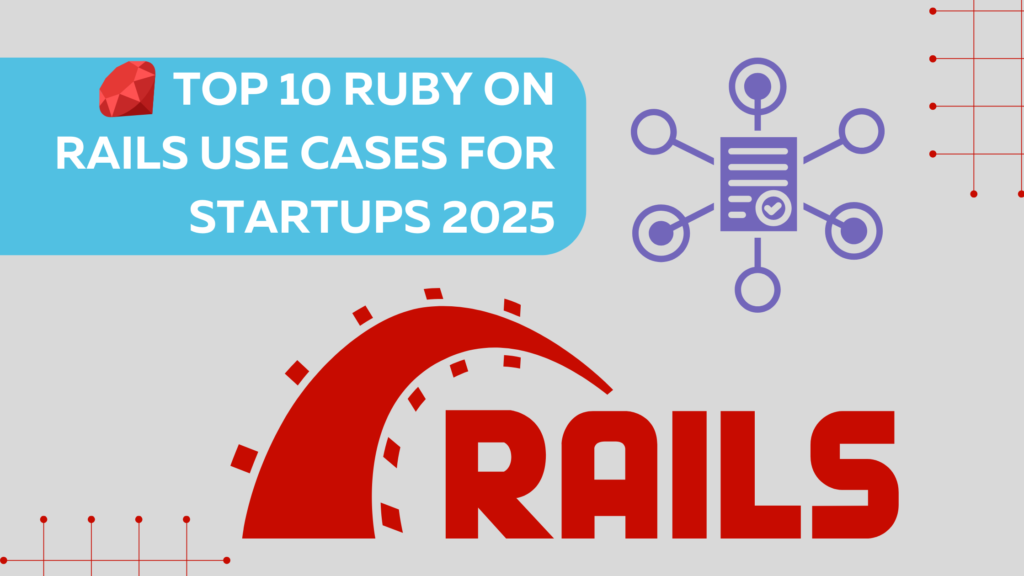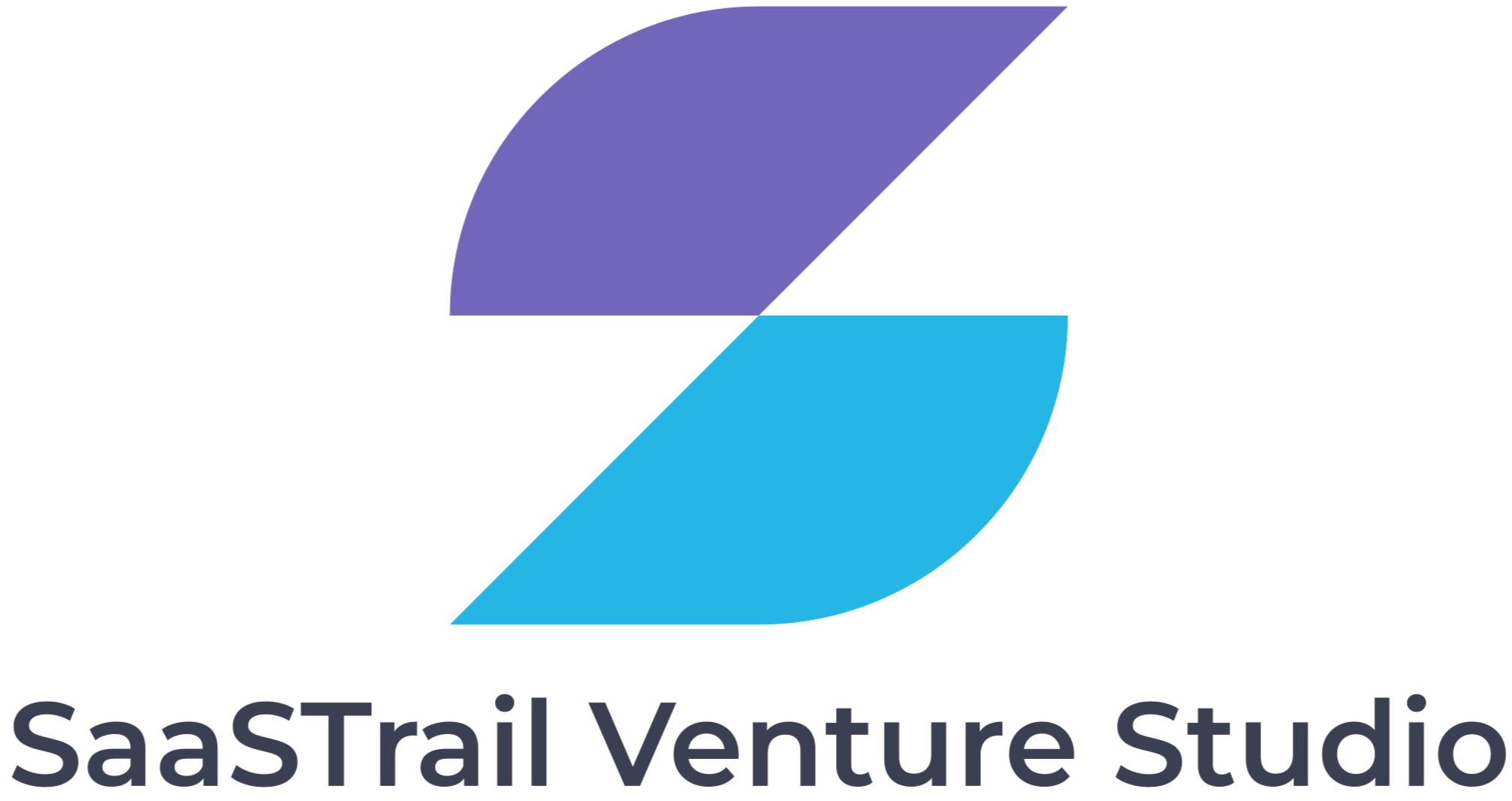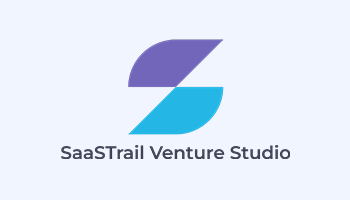
Why the Top 10 Ruby on Rails Use Cases for Startups 2025 Still Work in SaaS
Top 10 Ruby on Rails Use Cases for Startups 2025 highlight why this framework continues to be a leading choice for SaaS companies and new ventures, offering unmatched speed, flexibility, and a mature ecosystem.
Below are the top 10 real-world use cases where Rails excels in the startup and SaaS space.
1. Minimum Viable Product (MVP) Development
Rails allows startups to build MVPs fast and efficiently. The convention-over-configuration approach, built-in generators, and scaffolding reduce setup time.
Real-world example: Basecamp, originally built with Rails, remains a flagship MVP-to-product story.
2. Full SaaS Platforms
Rails provides all the components required to build complete SaaS platforms: user authentication, multi-tenancy, subscriptions, background jobs, and RESTful APIs.
Example: GitHub started with Ruby on Rails and scaled successfully with it.
3. Two-Sided Marketplaces
Rails is perfect for building marketplaces with user roles, payment systems, and notifications.
Example: Fiverr and Airbnb (initially) used Rails in early-stage development.
4. Internal Admin Dashboards
With gems like ActiveAdmin and Administrate, startups can spin up powerful internal tools and dashboards quickly—saving months of dev time.
Many YC-backed startups use Rails for admin UIs before switching to React-based systems.
5. APIs for Mobile & Frontend Frameworks
Rails supports REST and GraphQL APIs. It’s a popular backend for React, Vue, or mobile apps (iOS/Android).
You can easily build a backend with Rails 7+ and use Hotwire/Turbo or expose JSON APIs for a mobile or SPA frontend.
6. Subscription Billing Systems
Rails integrates easily with Stripe, Paddle, or Braintree for subscription-based SaaS billing with trials, invoices, and webhooks.
Example: Many indie SaaS apps on Indie Hackers use Rails + Stripe.
7. Job Boards and Listings
Startups building job boards, event listings, or directories can leverage Rails’s fast CRUD support and pagination libraries like kaminari.
Example: We Work Remotely was originally built on Rails.
8. AI/ML-Powered SaaS with Rails Backend
With Ruby integrating smoothly with Python ML models via APIs or background jobs (Sidekiq), Rails powers AI/ML dashboards or analytics UIs.
You can use FastAPI for ML inference and Rails for the SaaS logic, auth, and UI.
9. E-commerce and Subscription Boxes
Rails is used for building custom e-commerce platforms or niche subscription box businesses with full control over logic and design
Spree and Solidus are popular Rails-based e-commerce engines.
10. Community Platforms and Social Apps
Startups launching forums, social apps, or community tools benefit from Rails’s rapid development and plugin ecosystem.
Examples include Discourse (forum software) and DEV.to (developer community).
Why Rails Still Works in 2025
- Fast Time-to-Market: Ideal for early-stage funding cycles.
- Scalable Architecture: With Sidekiq, Redis, and PostgreSQL, Rails scales better than most assume.
- AI Integration: Easy to connect with AI services via APIs.
- Talent Availability: Mature ecosystem with experienced developers and tons of libraries.
Final Thoughts
In 2025, Ruby on Rails remains a smart, stable choice for startups and SaaS founders who value speed, simplicity, and scalability. Whether you’re validating an idea or launching a full-fledged SaaS, Rails provides the tools to move fast without compromising product quality.


